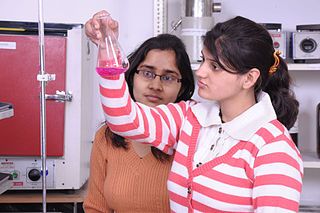Many Renewable Energy Concepts Are Physically Possible but Economically Unfeasible

Lyle Bates: I currently have a granted patent containing methods and processes for extracting hydrogen from coal and other fossil fuels. I also have another patent application in its final stages of receiving its grant status. This IP is related to a multi energy source derived from fossil fuels as related to hydrogen production and electrical generation.
Craig Shields: That’s interesting. Can you send me some test results?
LB: Hello Craig. Thank you for your interest in my project. Here is the analysis solicitation I used when attempting to acquire a small SMR hydrogen reactor. This paper was co-produced by a PHD in the field of alternative energy I hired to help me get the numbers accurate. Dr. Kramlich also at the UW affirmed that a violation of physical laws including thermodynamics had not been violated in his opinion…..
CS: Hi, Lyle. This is all very interesting, but there is nothing here to suggest that you – or anyone else for that matter – can do this cost effectively. I.e., is there waste heat in ICEs? Obviously. Is there a cost-effective way to capture and use it? Historically, the answer has been no, and, sorry to be so blunt, but there is no credible reason to think that you’ve cracked that code that has remained in place over the last 120 years of engineering in this space.
LB: Hello Craig. The novel aspect of the invention is the sequential processes and their combination of processes in performing an energy reclaiming process converting waste energy to usable fuel….Here’s a US energy admin energy fact sheet. I trust these scientific papers will get us started.
CS: Thanks, Lyle. I agree that it doesn’t violate the laws of thermodynamics, but that doesn’t mean that it’s practical, i.e., that the levelized cost of energy that it recovers will be worth the effort. The existence or absence of a patent is also irrelevant to the practicality of the idea.
BTW, is it OK if I share this idea freely with my online audience? It’s possible that one of my readers will have a different take on it. (Please let me know if that’s the case.)
LB: This report is acceptable for publication.
CS: In the meanwhile, you can either hire me as a consultant to look into this for you, or build a prototype and send me the test results; I’ll be happy to look at them for free.
